Speculative? Absolutely. But the question is no longer pure science fiction. In labs across the world, algorithms are proposing new proteins, guiding genome edits, and nudging cells to behave in ways nature never tried. The mystery is whether these tools can ever cross the line from redesigning life to inventing it – producing living, reproducing organisms that did not exist before. As researchers race ahead, regulators, ethicists, and ecologists are asking a sharper question: even if we can, should we?
The Hidden Clues
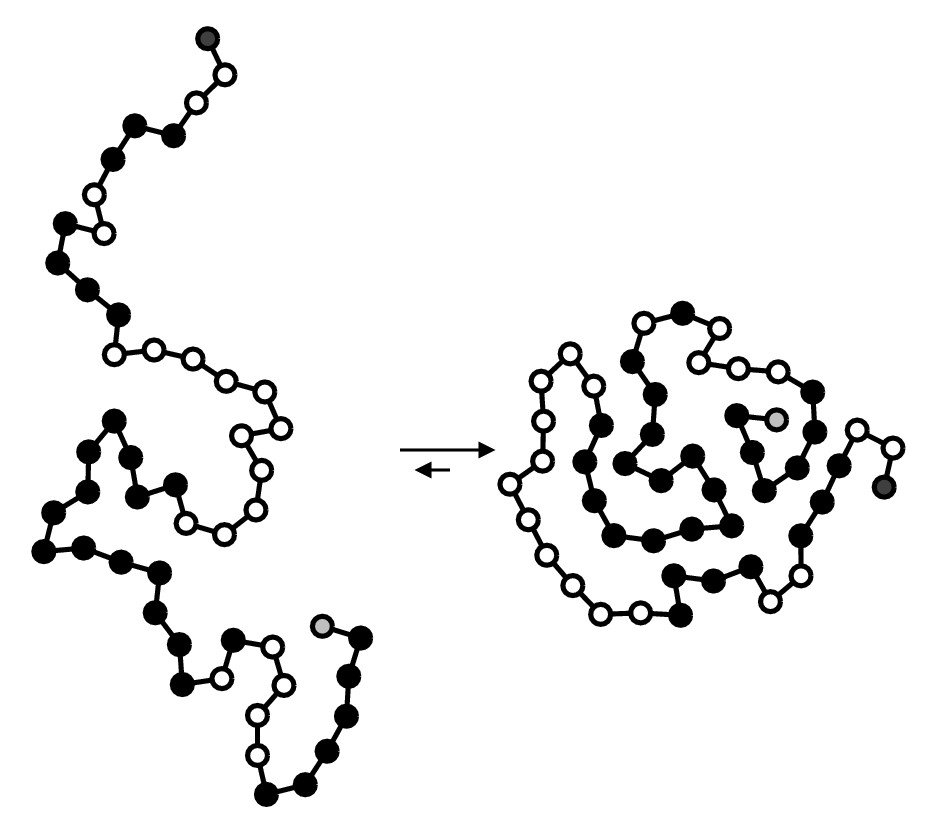
If a new species were possible, the earliest fingerprints would show up in the smallest places: the shapes of proteins, the logic of gene circuits, the choreography of embryonic development. AI is already uncovering patterns humans long missed, mapping how amino acids fold and how DNA sequences control timing like a conductor’s baton. What’s striking is not just accuracy, but speed – models can now generate thousands of designs in the time a person writes a paragraph, then filter for the few that might actually work. I remember watching a robotic pipette farm test dozens of AI-suggested enzymes in a single afternoon; the quiet whir felt more like an assembly line than a lab bench. Those invisible gains add up, hinting at a path from clever edits toward wholly novel blueprints. The clues are there; the question is whether we can connect them into a living whole.
From Ancient Tools to Modern Science
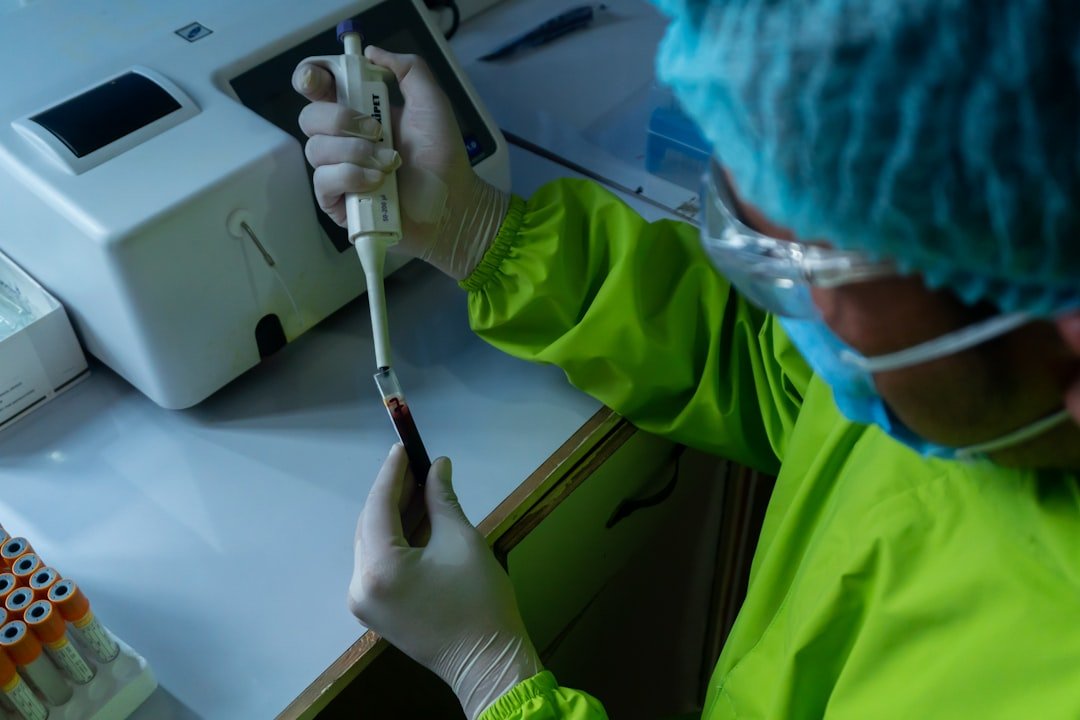
Humanity’s first bioengineering tools were patience and selection, turning wolves into dogs and wild grasses into wheat over thousands of years. The twentieth century shrank that timescale with recombinant DNA, and the twenty-first slashed it again with CRISPR and high-throughput synthesis. Layer AI on top and you get a feedback loop: algorithms propose sequences, automated systems build and test them, and the results retrain the models. Compared with traditional selective breeding, this approach is more deliberate and far less constrained by what already exists. It’s like switching from carving a statue out of stone to 3D-printing one from a digital design – still art, but ruled by different limits. The leap from editing an organism to inventing one is enormous, yet the tooling is steadily realigning to make that leap thinkable.
Defining a Species in the Age of Algorithms
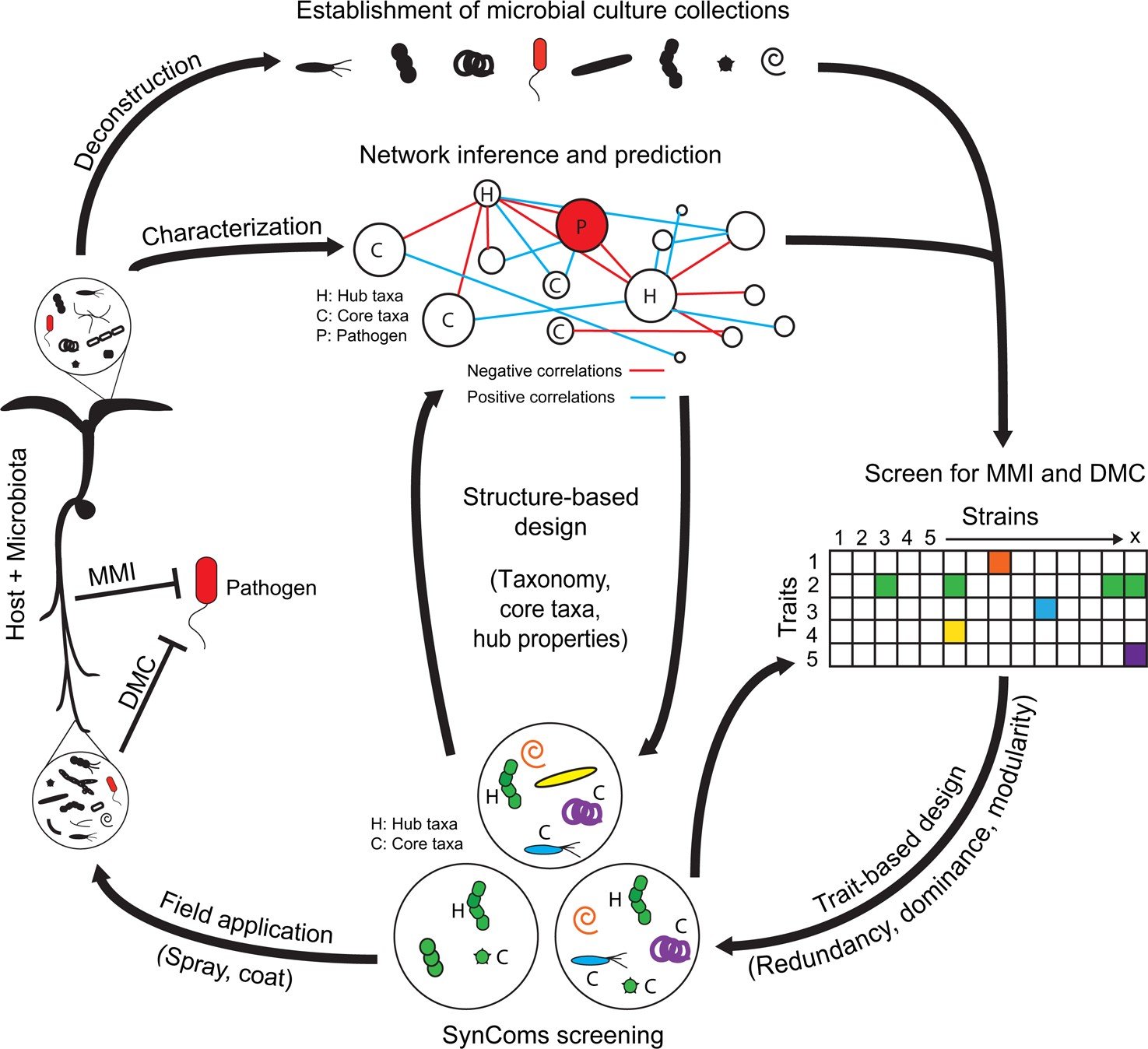
Before we ask whether AI can make a new species, we have to agree on what a species is, and biology famously disagrees with itself. The classic definition – populations that can interbreed – works for many animals but falters for microbes where gene-swapping is rampant. Genomic definitions focus on clustering of DNA differences, while ecological definitions ask whether a group fills a distinct niche. An engineered organism with a synthetic genome, a unique metabolism, and reproductive isolation could meet several of those tests. But “new species” is not a single finish line; it’s a bundle of criteria that depend on context and purpose. AI complicates the picture by generating designs that mix traits across boundaries we once treated as firm.
Inside the Machine: How AI Designs Biology
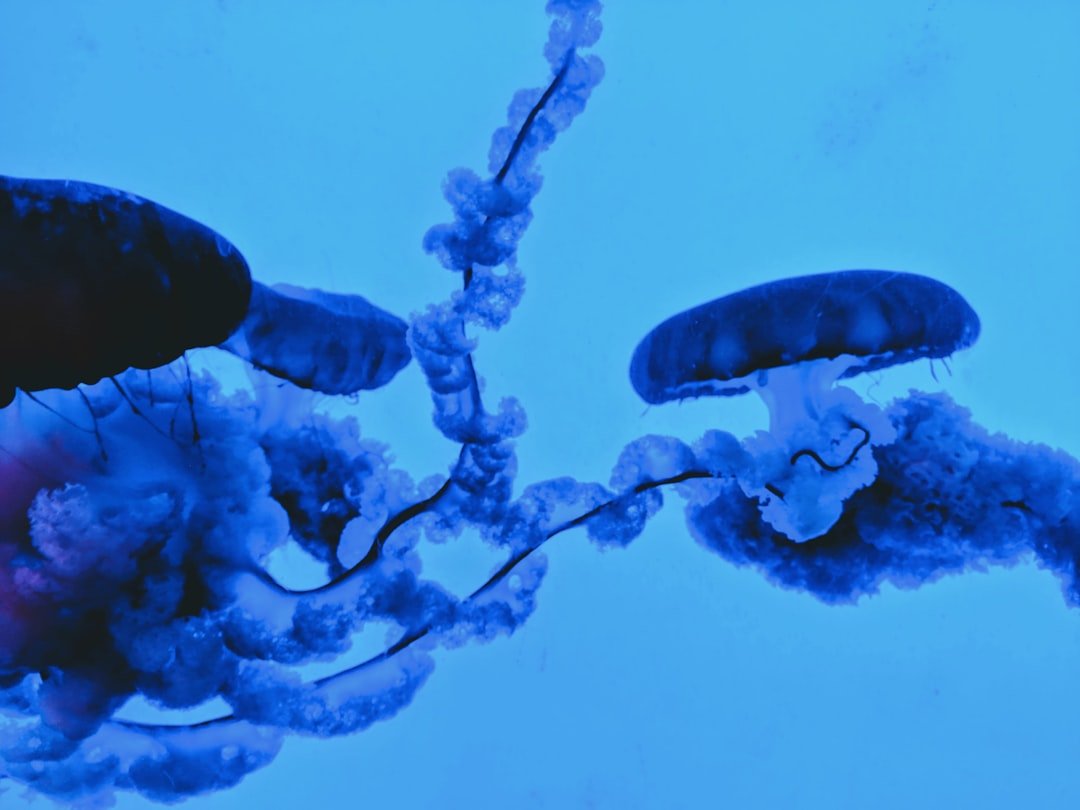
Modern models treat DNA and proteins like languages whose grammar can be learned and then remixed. Diffusion models and large language models propose novel protein folds, catalytic sites, and binding interfaces that do not appear in nature. Graph-based tools sketch gene circuits and metabolic routes, then optimize them against goals like stability, yield, or energy cost. Whole-cell simulations, still imperfect, test how thousands of reactions might interact when a new part is dropped into the mix. And structure predictors now reason about multi-molecule complexes – proteins docking to DNA, RNA, or small ligands – so designs are less blind. Together, these tools don’t “think” like a biologist, but they explore possibility space faster than any lab team could by hand.
What the Lab Can Do Today
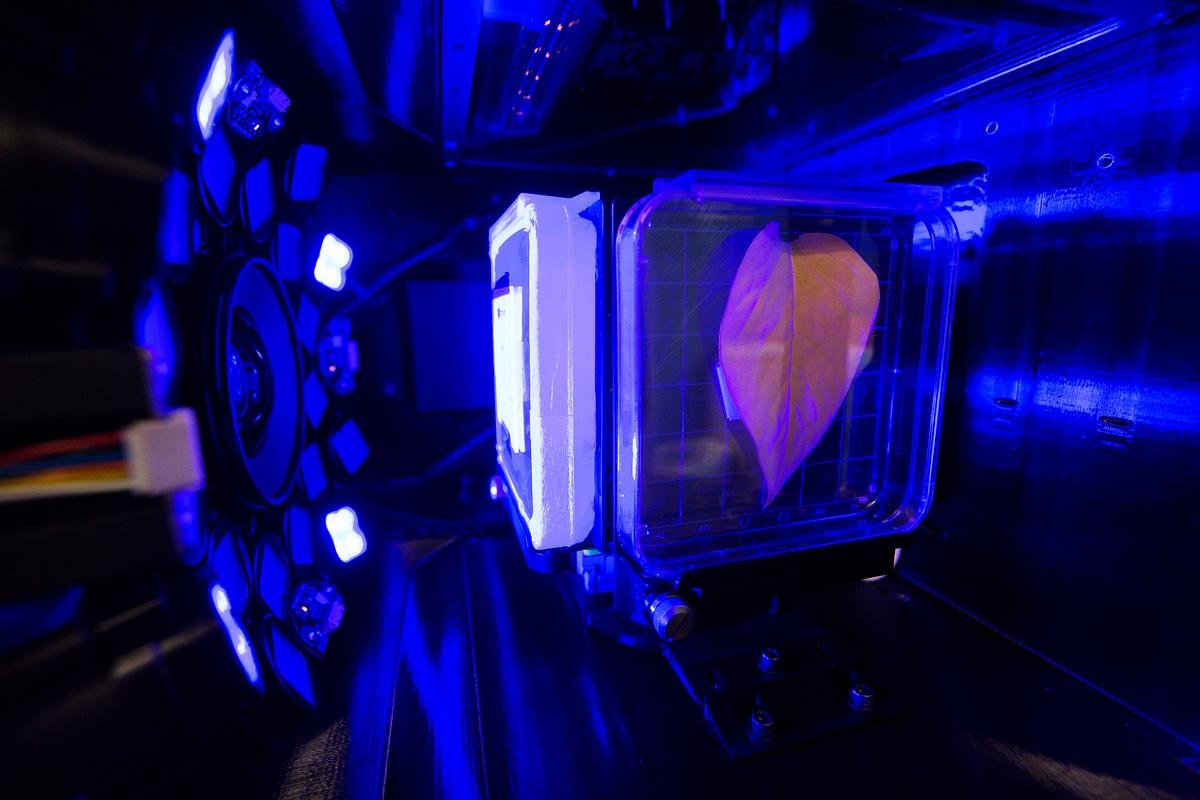
Scientists have already assembled cells that run on synthetic genomes and have whittled microbes down to minimal gene sets that barely sustain life. AI-designed proteins have shown they can bind targets, catalyze reactions, and self-assemble into new shapes – proof that novel function is reachable. Bio-robots built from animal or human cells have demonstrated emergent behaviors like motility and collective repair, suggesting morphogenesis can be guided, not just observed. Viral delivery shells shaped by machine learning have improved tissue targeting in animal studies, a step toward programmable gene flow. DNA printing continues to get cheaper and more accurate, while robotic platforms stitch and test designs at scales that would have looked absurd a decade ago. None of this is a new species, but it’s a ladder of capabilities pointing in that direction.
Why It Matters
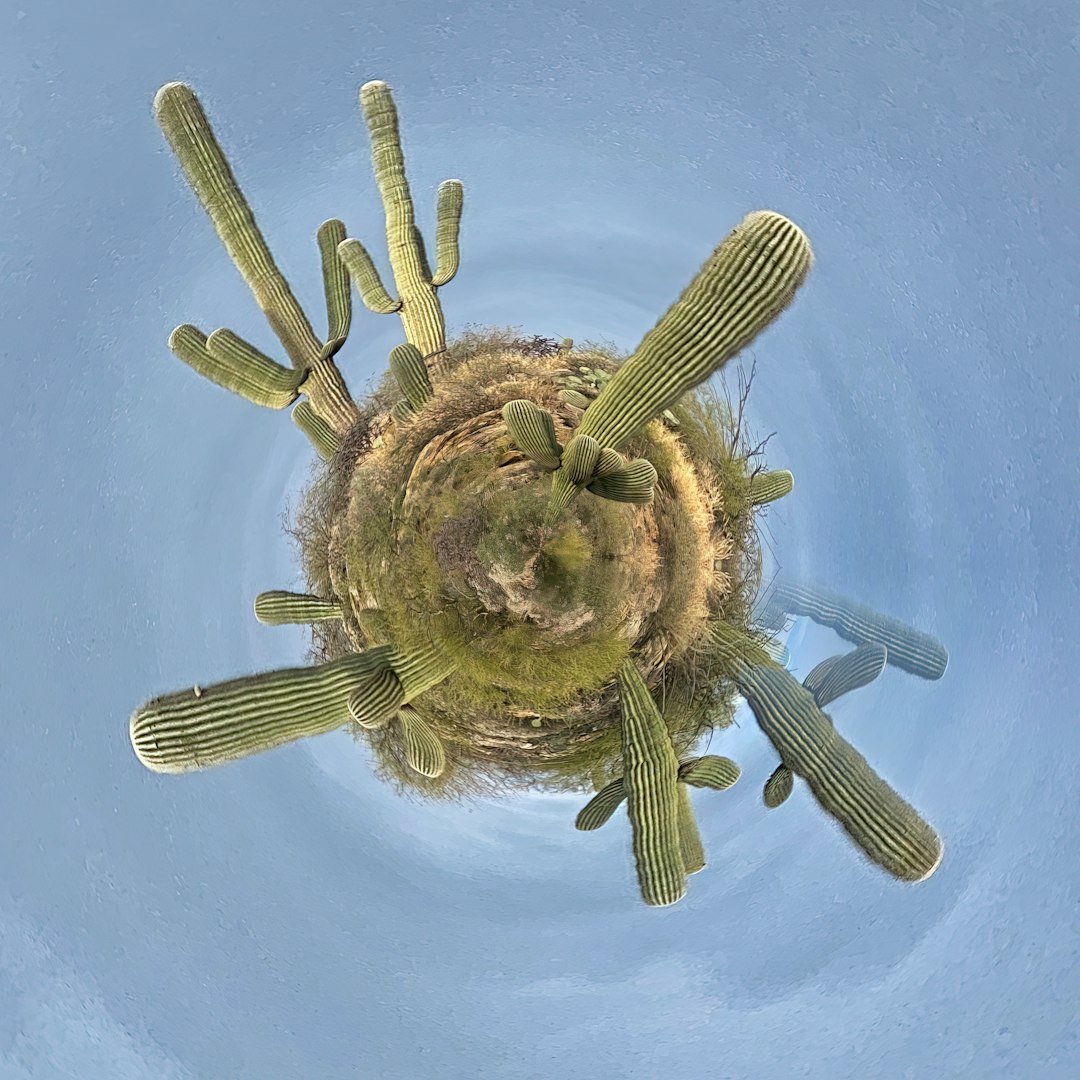
The stakes go beyond scientific bragging rights: new-to-nature organisms could transform medicine, climate tech, and food security. Imagine microbes that sequester carbon in durable forms, or gut-safe bacteria that manufacture rare drugs inside the body on demand. Compared with traditional breeding or random mutagenesis, AI-guided design promises fewer blind trials and more transparent reasoning about trade-offs. It also offers a chance to build safety from the start – dependency circuits, kill switches, genetic firewalls – rather than bolting them on later. On the flip side, the same acceleration shortens the distance between a naive mistake and a large ecological impact. The field’s challenge is to capture the benefits of precision while refusing the lure of reckless speed.
Risks, Governance, and Global Perspectives
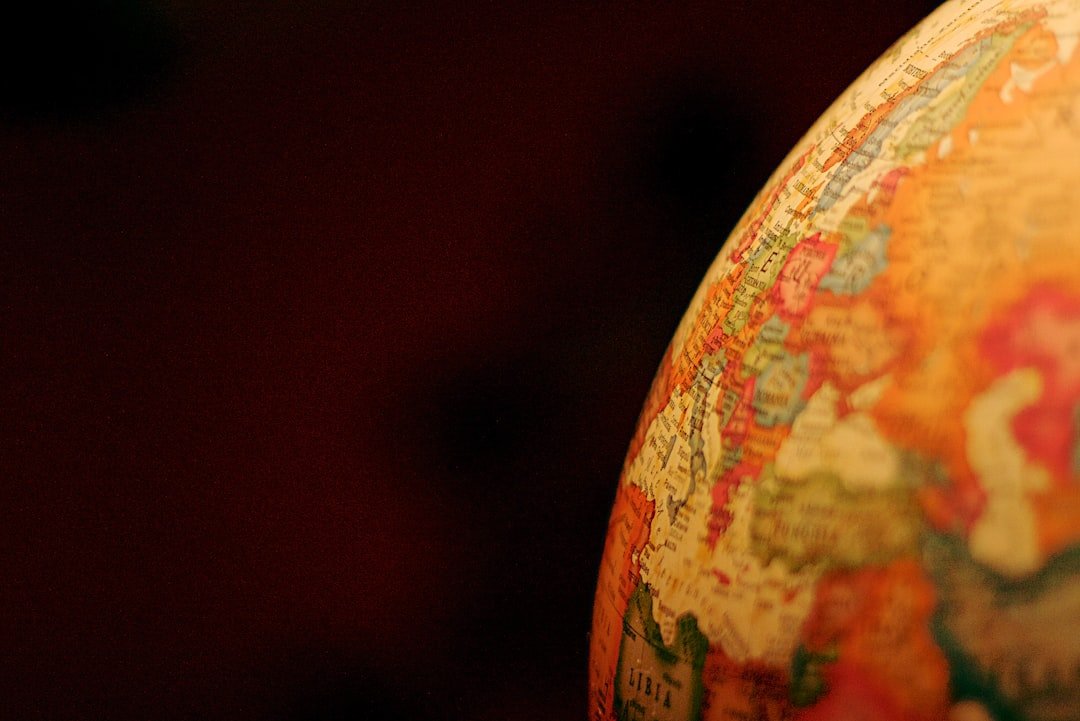
Every step toward de novo life raises hard questions about containment, consent, and equity. Most gene synthesis companies screen orders and governments are moving toward clearer guardrails, but policies remain patchy and uneven across borders. Ecological risk is not hypothetical; even a benign organism can outcompete locals or shuffle genes into wild populations if safeguards fail. There’s also a geopolitical dimension: nations see bioinnovation as strategic, yet uneven access to tools and training can widen global gaps. Public trust hinges on early transparency – clear aims, independent oversight, and community input before projects leave the bench. A globally coordinated approach, with shared standards and real accountability, is not a luxury; it’s table stakes.
The Future Landscape
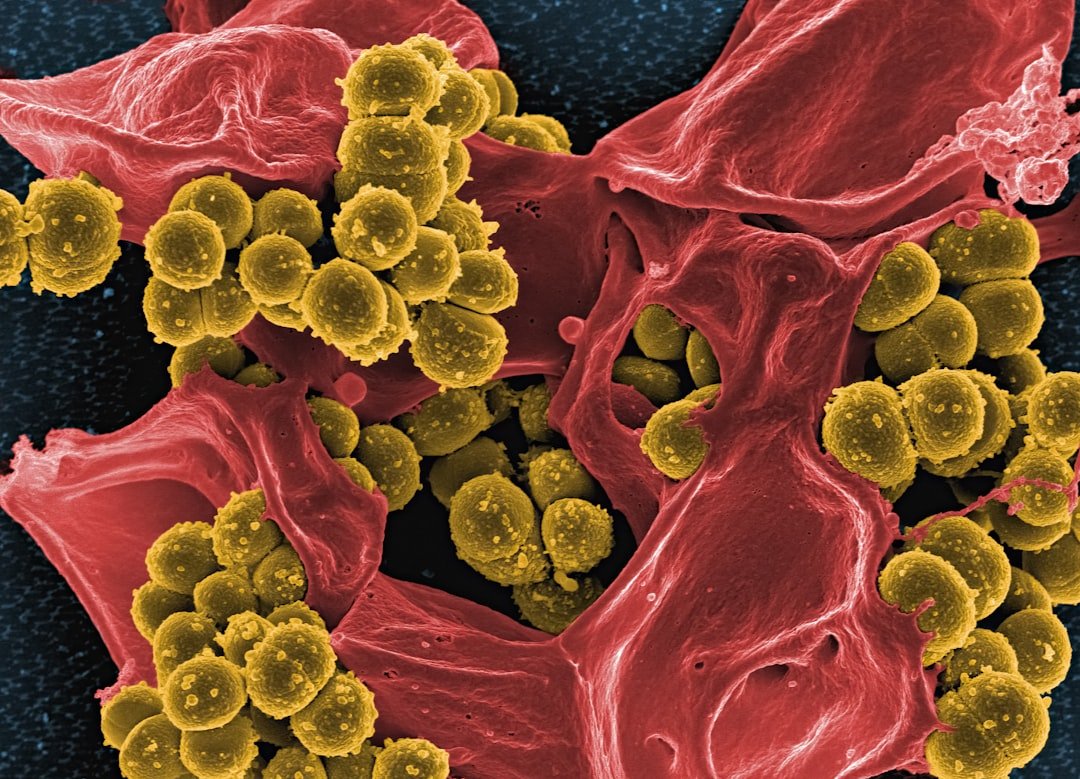
Near term, expect tighter integration between AI design, cloud labs, and rapid-readout assays so ideas loop from model to molecule in days. Whole-cell digital twins will expand from bacteria toward simple eukaryotes, helping translate gene edits into tissue-level effects with fewer surprises. Enzymatic DNA synthesis and error-corrected assembly will keep pushing down costs, making large synthetic genomes less exotic. Safe-by-design will mature into default practice – genetic isolation, nutrient dependencies, and controlled lifespans embedded from the first line of code. The inflection point will not be a single headline but a series of milestones: robust reproduction, stable inheritance, ecological fitness, and ethical clearance. If those stack up, the first truly novel species could arrive quietly, as a workhorse microbe solving a real problem rather than a showpiece.
How You Can Engage
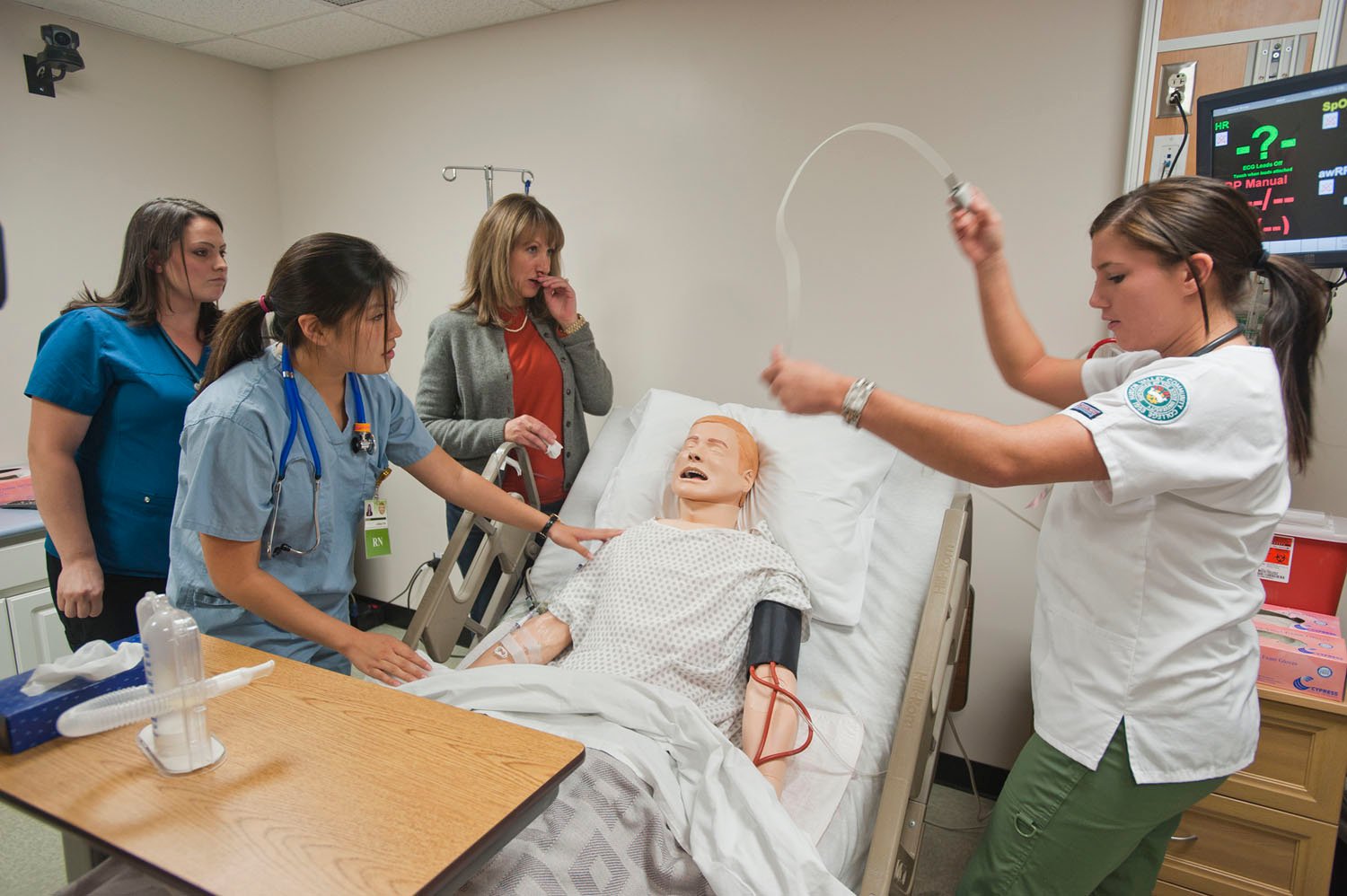
You don’t need a lab coat to matter here. Support institutions that practice open biosafety, fund community education, and publish their risk assessments in plain language. Follow projects from universities and nonprofits that aim at public goods – climate, health, conservation – rather than novelty for its own sake. Ask your local representatives where they stand on screening standards and biosafety funding, and favor policies that couple innovation with oversight. If you’re curious, seek out reputable citizen-bio groups that teach safe technique and responsible project design, not shortcuts. Staying informed – and insisting on transparency – keeps this technology pointed at problems worth solving.

Suhail Ahmed is a passionate digital professional and nature enthusiast with over 8 years of experience in content strategy, SEO, web development, and digital operations. Alongside his freelance journey, Suhail actively contributes to nature and wildlife platforms like Discover Wildlife, where he channels his curiosity for the planet into engaging, educational storytelling.
With a strong background in managing digital ecosystems — from ecommerce stores and WordPress websites to social media and automation — Suhail merges technical precision with creative insight. His content reflects a rare balance: SEO-friendly yet deeply human, data-informed yet emotionally resonant.
Driven by a love for discovery and storytelling, Suhail believes in using digital platforms to amplify causes that matter — especially those protecting Earth’s biodiversity and inspiring sustainable living. Whether he’s managing online projects or crafting wildlife content, his goal remains the same: to inform, inspire, and leave a positive digital footprint.




